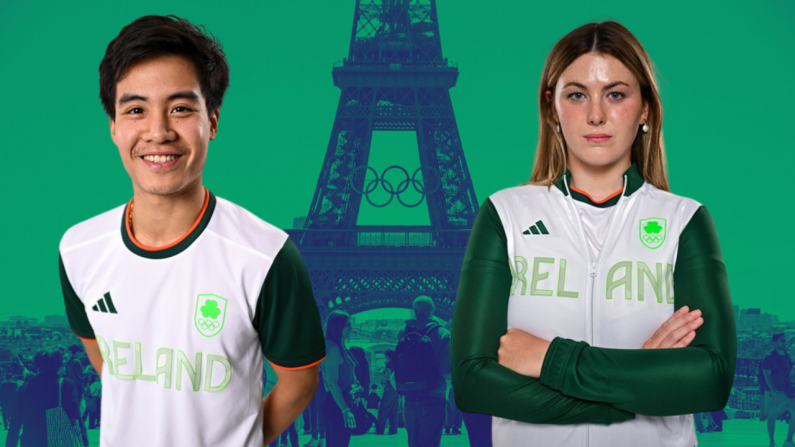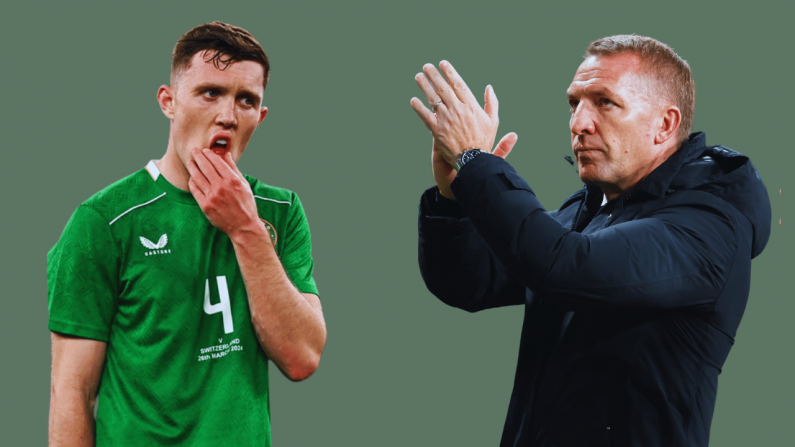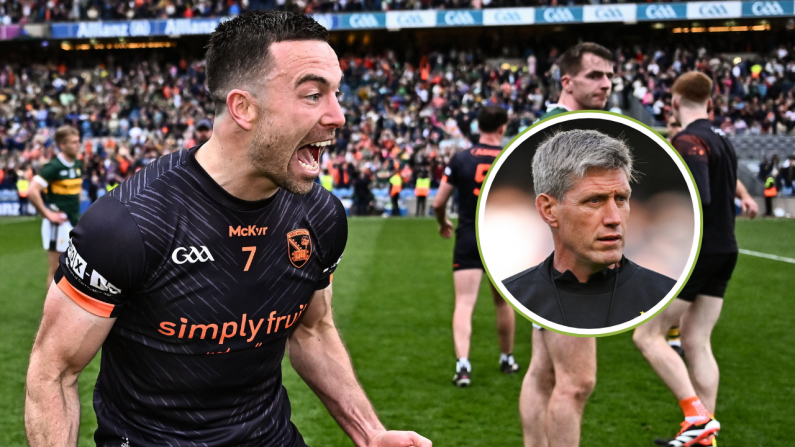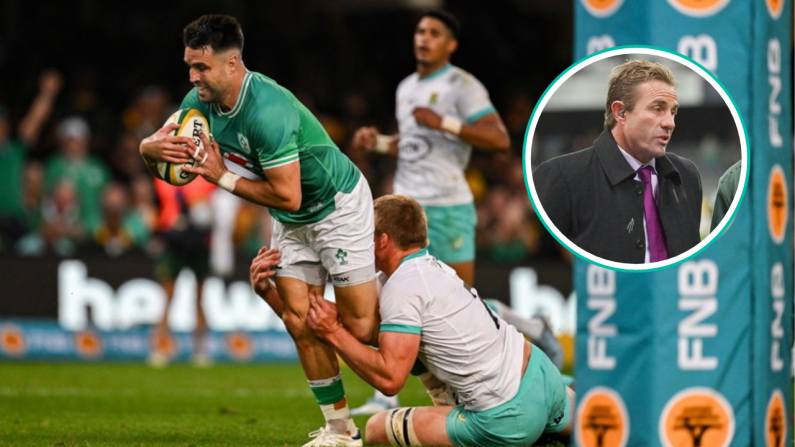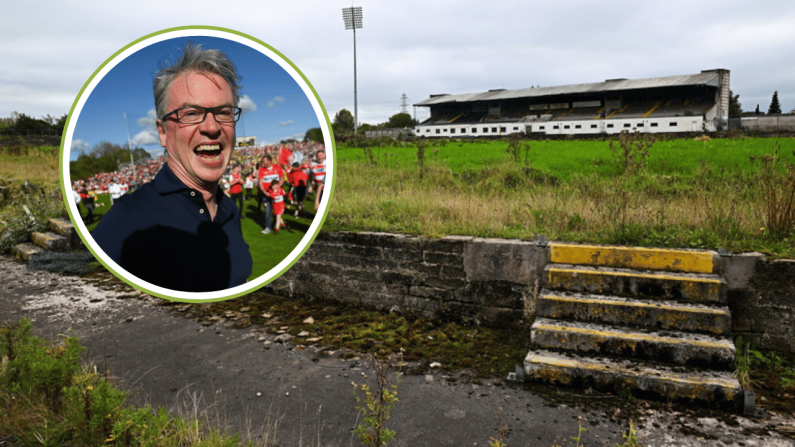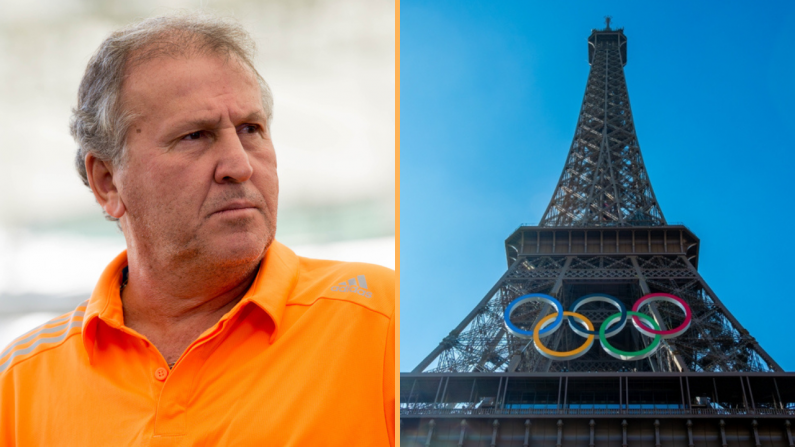Paul McGrath might never have played in Italia 90 or in USA 94 had Manchester United got their way in the summer of 1989.
His chronic knee problems had rendered him a bit-part player in the Alex Ferguson era and he hadn't played for the club since the final week of February '89. Then there was the added aggravation of his lifestyle, about which much has been written, by both Ferguson and McGrath himself.
Man United had run out of patience and McGrath was summoned to a meeting in the manager's office. Ferguson and the club secretary were in attendance.
The club offered him £100,000 and a testimonial on the condition that he retire from the game. By his own account, McGrath appeared ready to suppress the doubts in his head and sign the form.
However, Kevin Moran and Bryan Robson were a bit perturbed by the runaway nature of events and asked McGrath outright whether he really wanted to quit the game. He realised he wanted to play on. He contacted the often maligned Gordon Taylor of the PFA who called a halt to proceedings by telling the club that McGrath wished to carry on.
Ferguson accepted this and informed other clubs of his availability. Sheffield Wednesday, then managed by McGrath's former and future manager Ron Atkinson, were first in for the player. But there were other suitors.
Graham Taylor went to a friendly between Ireland and France in Dalymount Park in February 1989. The game finished scoreless and Taylor was clearly impressed by McGrath's ability.
I thought to myself "You might have problems, big man, but you sure as hell can play," Taylor said to Vincent Hogan.
Taylor was appointed Aston Villa manager in 1987. They had just been relegated to the Second Division. Taylor returned them to the top flight at the first attempt and just about secured their First Division status in 1988-89.
McGrath and his wife Claire met with Graham Taylor and Doug Ellis. Manchester United were famously stingy on the pay front in the Edwards era and McGrath was now on a salary worth almost triple what he earned at Old Trafford. Taylor even promised to try and wring a bit more out of the chairman.
McGrath's problems weren't diminished by his new surroundings. Indeed, he probably hit his lowest ebb in the early days of the 1989-90 season.
Villa endured a poor start to the season and McGrath's form was shambolic. He injured his hamstring in a 1-1 draw with Wolves in the Littlewoods Cup before departing for international duty with Ireland in mid-November. He didn't play in the match against Northern Ireland, as per instructions.
But then he went missing. He was absent without leave for a match against Luton. Taylor informed the press that McGrath was injured but, privately, they didn't know of his whereabouts.
After a training session, the Villa physio Jim Walker received a phone call. On the other end of the line was McGrath's son Christopher, then aged only 4 or 5, and a nanny with very poor English. Together, they tried to tell the story of what had happened. McGrath had taken a knife to his wrists and was bleeding.
McGrath was rushed to the hospital and thereafter to the Priory Clinic in Edgbaston. Amazingly, the press never found out about the incident. Taylor avoided going to the Priory so as not to alert them to what had happened.
No sections of the riot act were read. Taylor instinctively realised that McGrath needed a sympathetic and compassionate hearing. He also realised that McGrath "desperately wanted to stop drinking."
At his lowest moment, McGrath credited with Taylor with rescuing him. He wrote in Back from the Brink.
I had liked Graham Taylor from the first time we spoke. He had a quirky way about him. He'd bounce up and down out of his chair, all energy and business. Even those chats in the office, they weren't all doom and gloom. He had a lovely way of lightening things. "Ah, big man, step into my clinic."
The thing that struck me above all else was that he was interested in me. I mean he had every reason to be furious. One of his big summer signings turned out to be a walking mess. I couldn't have argued if he was obnoxious, if he'd turned on me saying, "what the fuck are you like, you dozy twat?"
But he was open and caring. I always felt welcome in his office. He’d say to me, ‘Look, if you need something, come to me. We’re all here to help you.’
He even said to me that if I ever felt things getting on top of me again, I would be welcome to come and stay with him and his wife, Rita. I don’t think I’m being melodramatic when I say that he literally rescued me from a bad, bad scene.
Under another manager, I suspect my career would have been over. But Graham Taylor’s sensitivity worked wonders. The more we talked, the more determined I became to repay him. I felt this urge inside. I wanted to play for this man. To win things.
Soon after, McGrath returned to the first team at the newly rejuvenated Villa. He played 35 straight League games as Aston Villa went on to radically outperform their expectations, challenging for the title, and ultimately finishing runners-up to Liverpool. For this achievement, Taylor was rewarded with the now vacant England job.
McGrath remained at Aston Villa until the middle of the decade, establishing himself as a club legend and winning the PFA Player of the Year in the inaugural Premier League season in 1992-93.
Alex Ferguson, in his first autobiography written with Hugh McIlvanney, perhaps unsurprisingly argued that it would have been impossible for any manager to reconstruct McGrath's career at Old Trafford.
But he didn't stint on praising Graham Taylor for rescuing one of Ireland's most celebrated players at Villa Park.
Graham Taylor, his new manager at Aston Villa, deserves credit for helping McGrath to pull himself together so successfully, that he shone over a number of seasons, not only for Villa but for Jack Charlton's Republic of Ireland team.
Apparently, Graham gave him a minder to reduce the risk of backsliding and cossetted his ravaged legs by confining his training exertions to gymnasium work. Such easing of the load would have been hard to sustain at United where every match has the intensity of a cup tie and players must be rigorously trained to meet extreme physical demands.
Graham Taylor led Watford from the 4th Division to the near the top of the old 1st Division in six seconds and lifted Villa from the Second Division to 2nd place in the top-flight in two seasons. In popular culture, he has been best remembered for his traumatic reign as England manager, when he was pilloried and ridiculed by the tabloid press in a manner which was unprecedented at the time. At the height of the fury, he recalled being spat at while stopped in traffic. He spent his final days as England manager hiding in his daughter's house as the press were camped outside his own home. After that experience, he returned to lead Watford back to the top division at the end of the 90s.
But he should also be remembered for showing sensitivity, intelligence and kindness in saving the career of one of Ireland's greatest footballers.


